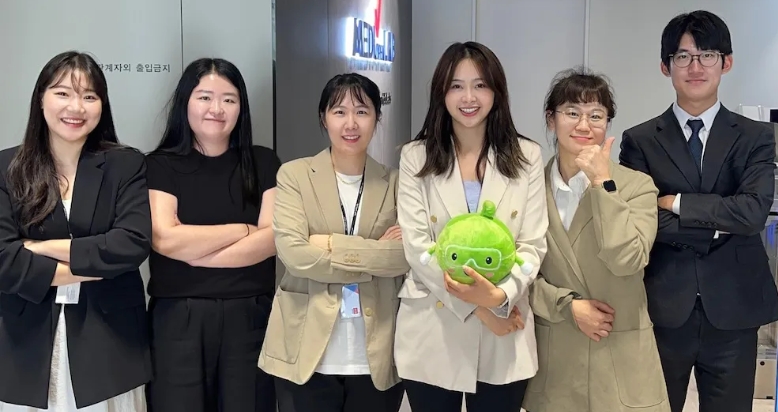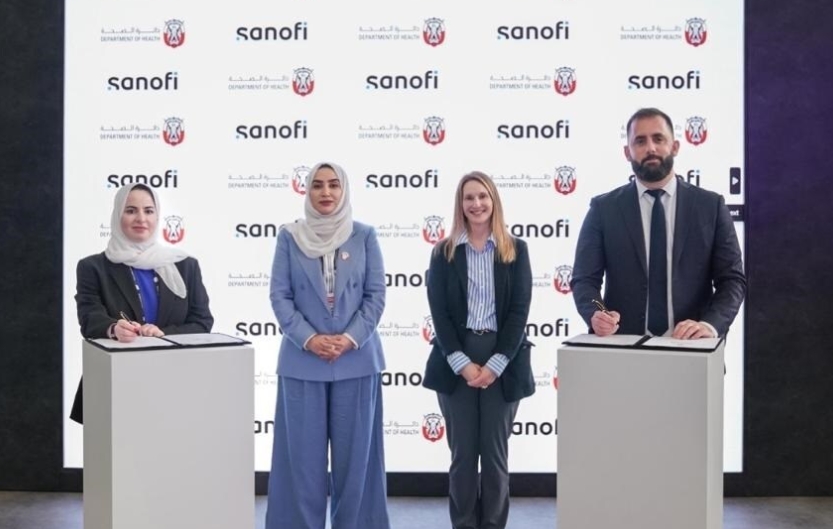
Photo Credit: Freepik
Experts believe that global pharmaceutical companies are focusing on maximizing value creation across markets from global innovation. Over the next 5 years starting from 2021, the revenue for the pharmaceutical manufacturing industry is expected to increase at an annualized 5 percent to reach a $159.4 billion market share. With the growing budget for pharmaceutical products, governments are under pressure to demonstrate the most convincing model to deliver a cost-effective and efficient healthcare regimen.
Simultaneously, the Asia-Pacific pharma industry is growing, largely driven by rising awareness of healthcare in the current population and accessibility to modernized treatment regimens without border restrictions. Asia-Pacific pharmaceutical market is dependent on market dynamics, pharmaceutical value chain/supply chain analysis, technological trends, investment scenarios, government regulations, and initiatives. To extract the most out of the pharmaceutical sector in Asia, it’s also essential to leverage core skilled talents and advanced technologies to accelerate production and improvise quality.
APAC has witnessed never before venture capitalism and M&A amidst the pandemic which is a highly positive sign of a prospect in healthcare deliveries across the region. Pharmaceutical companies operating in Asia can best navigate opportunities for continued expansion.
An increasing number of pharmaceutical companies are investing in Asian headquarters seeking skilled labor, high ROI, economical production values, increasing niches in specialized domains, and quality infrastructure along with benefits of shared services which is trending in APAC regions. Multinational Pharma companies from Europe and the US are designing tailor-made localized strategies to coordinate with the regional operations integrating with global operations.
China (42%), Japan (32%), and India (14%) have dominated the market capitalization with great significance. China is leading the race with market size of $85,778 million, followed by Japan with $77,458 million and India at $16,843 million. China attracts the highest venture capital and private equity funds.
Globaldata market analysis experts forecast that "China has dominated the list of top 50 Asia-Pacific (APAC) companies in terms of market capitalization during the first quarter (Q1) of 2021. The aggregate market capitalization of the 50 APAC companies stood at US$8,608.4bn at the end of Q1 2021, up by 3.8% over the US$8,294.8bn in Q4 2020, of which 28 Chinese companies accounted for 60% of the aggregate market cap".
The Japanese pharmaceutical market is growing as the world’s second-largest pharmaceutical market. Over the years the Japanese pharma sector has seen a steady rise of foreign direct investments (FDI) helping the country establish its base worldwide. Japan’s special drug price system dedicated by the National Health Insurance (NHI) further intensifies competition in a fragmented, yet competitive market, the majority of which are small or medium-sized enterprises. Four of the world’s current 25-largest pharmaceutical companies are Japan-based.
India already produces 20% of the world’s generic drugs. Pharmaceutical industry respondents see this as part of a wider growth ahead.
Pandemic has triggered the Pharma companies to pursue multiple dimensions through innovative novel products, categories, or markets. Companies are adopting seemingly divergent approaches by increasing R&D ventures, accelerating the clinical research timelines, shortening the approval process, digitizing the production process, and penetrating the market in highly interwoven network frames. The low-income markets in APAC are also adopting courageous steps in partnering with the multination firms or by encouraging Mergers and acquisitions (M&A) to boost the existing facilities.
Over the years, the traditional separation line between the pharma and biopharma sectors is also gradually blurring with both sectors venturing into mutual interests. APAC investors and manufacturers are endeavoring into new products, therapeutic, categories, or markets. Increase focus on generic medications to target the low-cost market, increase in country’s research to speed the approval process, the improved distribution network can further encourage and incentivize the development of pharma and biopharma players.
Yet, challenges like changes and uncertainties in regulatory framework, poor stakeholder familiarity, difficulty in integrating solutions are some of the listed setbacks against proactive, exponential growth at most developing pharma markets in APAC.
Accelerators and incubator are targeting medications of the high-value markets. But generic medications are looking forward to an equally nurturing environmnet. Governments should also encourage M&A among SMEs, start-up firms, and MNC’s for a holistic progression across the pharma domain. With the increasing aging population and growing trend in healthcare awareness, it’s a crucial stage to create a holistic ecosystem for the pharma market by negotiating the high-cost treatment expenses.
Hithaishi C Bhaskar
hithaishi.cb@mmactiv.com




